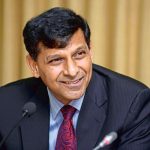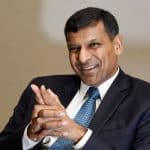Raghuram Rajan
-
RBI Governor should be next to Finance Minister: Raghuram Rajan January 23, 2019

-
Farm loan waivers hurts economy badly: RBI ex Governor December 14, 2018

-
Rajan’s no to AAP November 9, 2017

-
Rajan for Rajya Sabha? November 8, 2017

-
Demonetisation’s short-term costs were high, long-term benefit doubtful November 7, 2017

-
Raghuram Rajan’s name in Clarivate list of Nobel Prize worthies October 8, 2017









